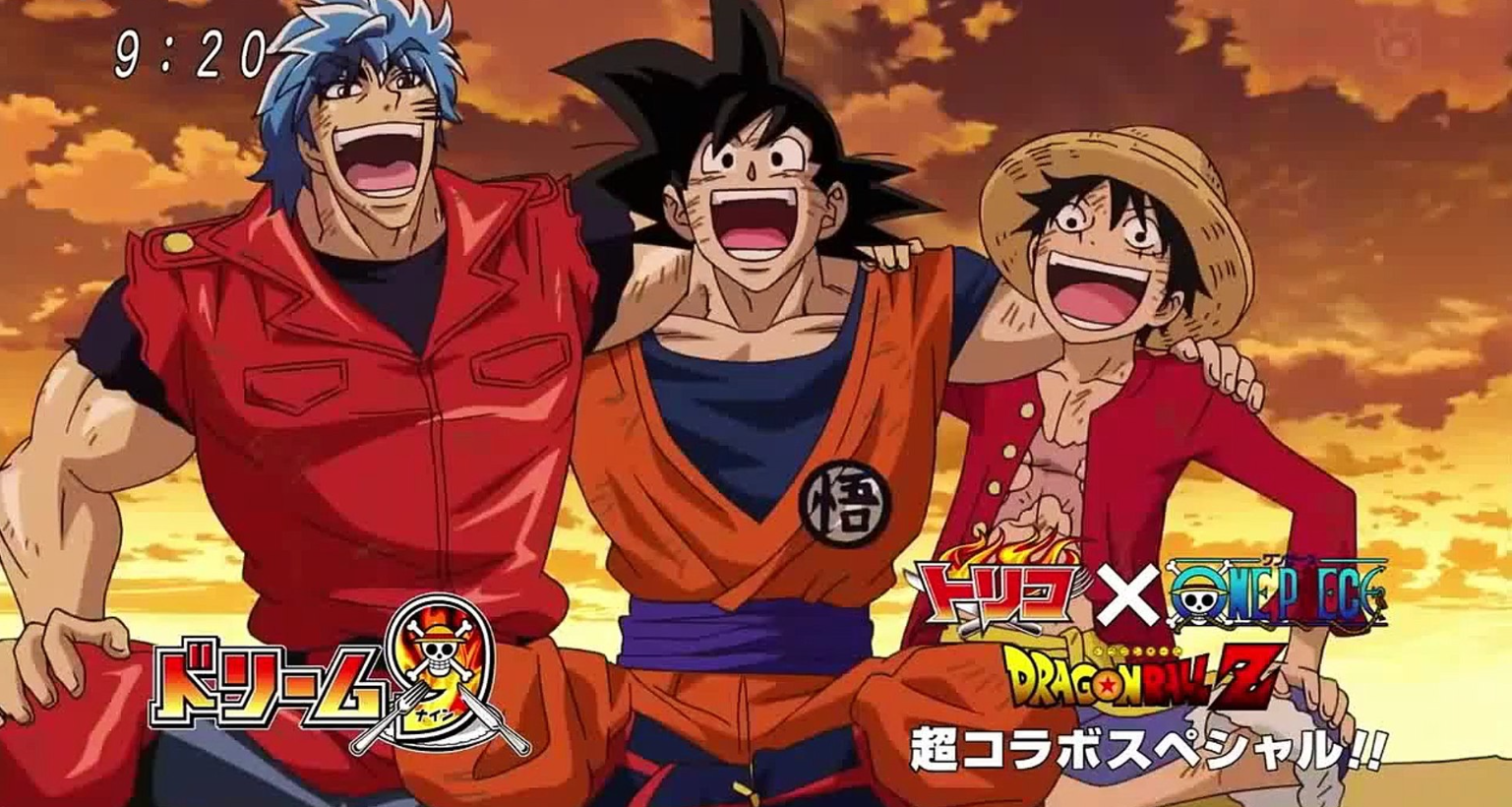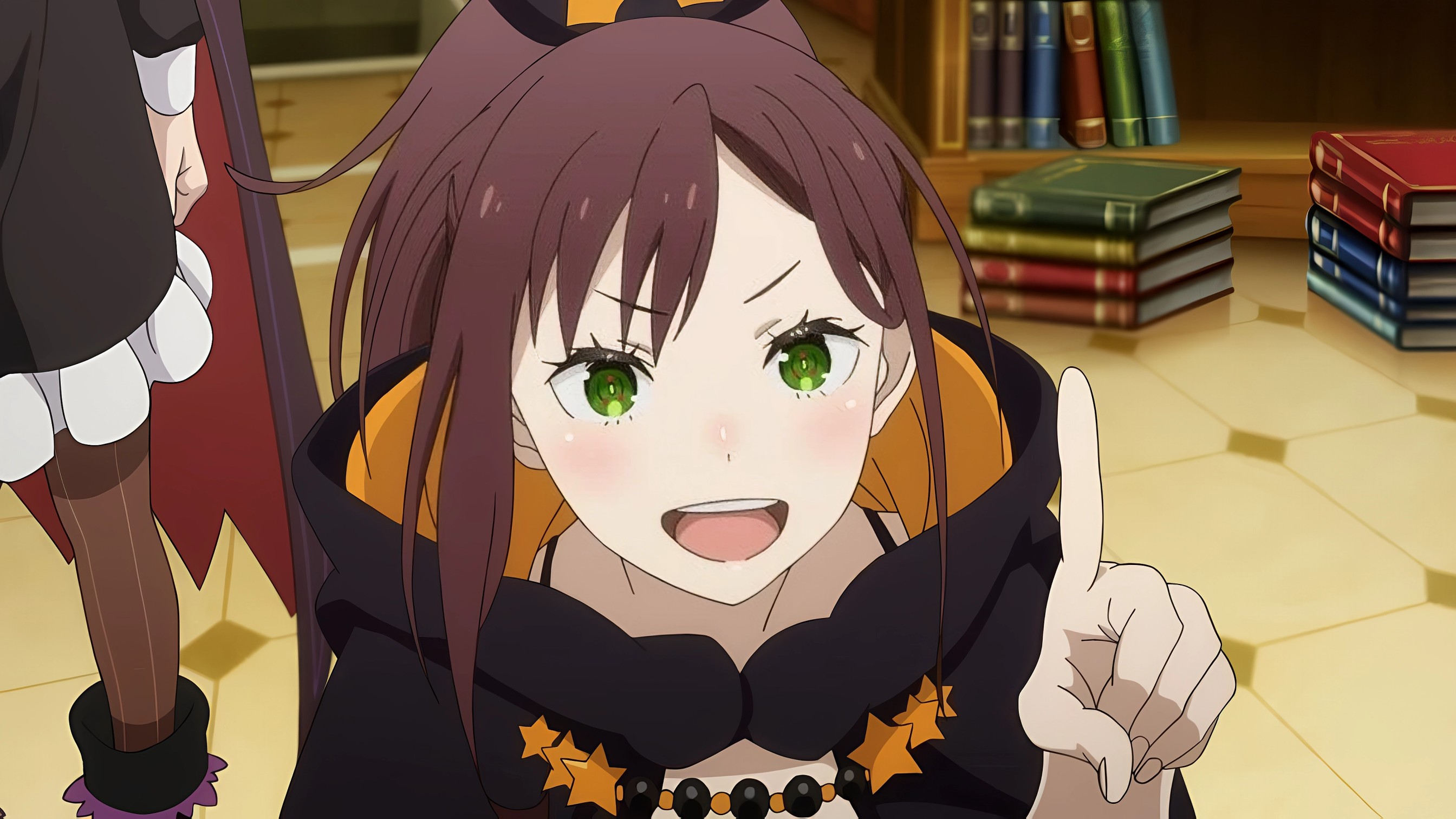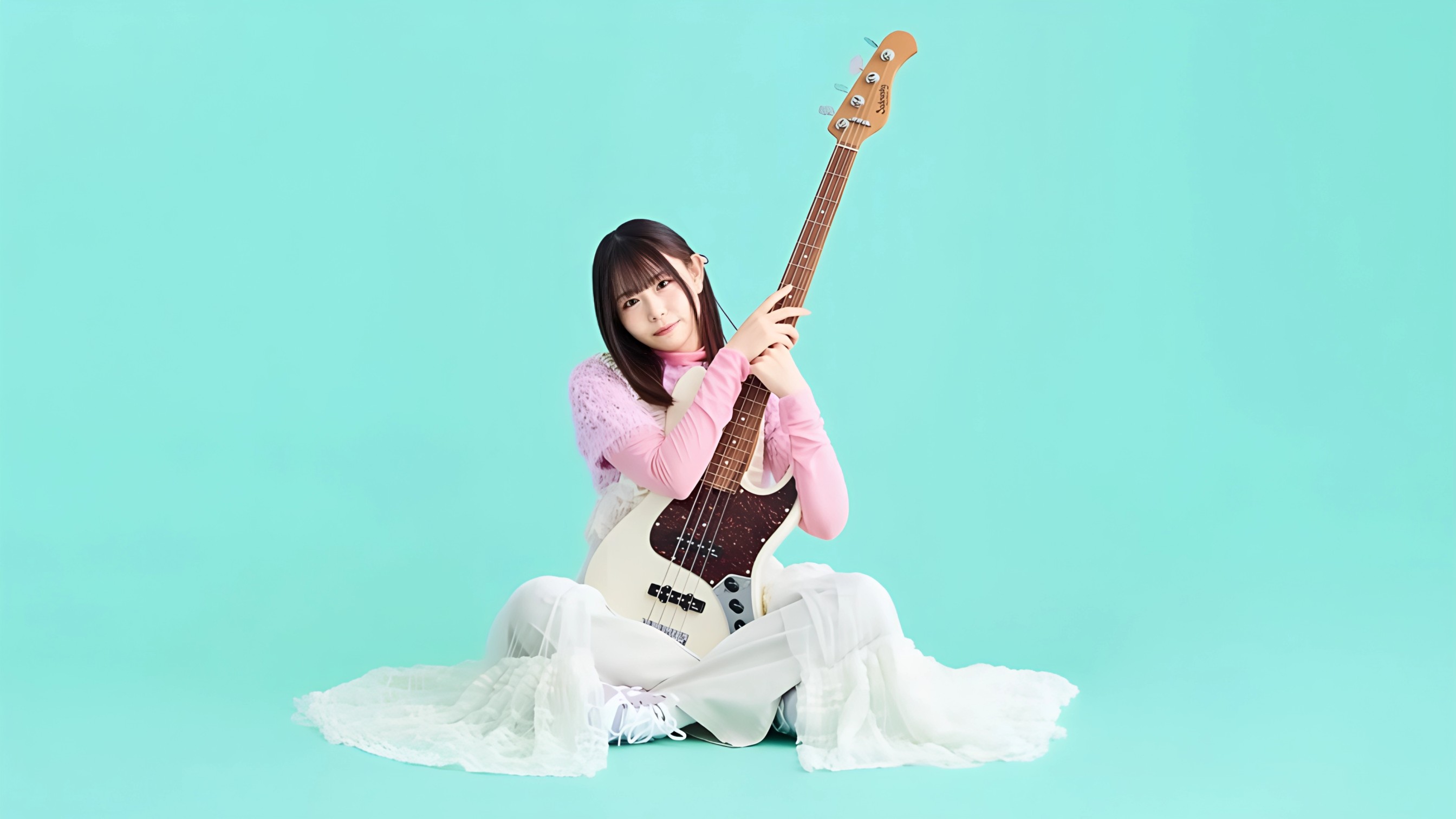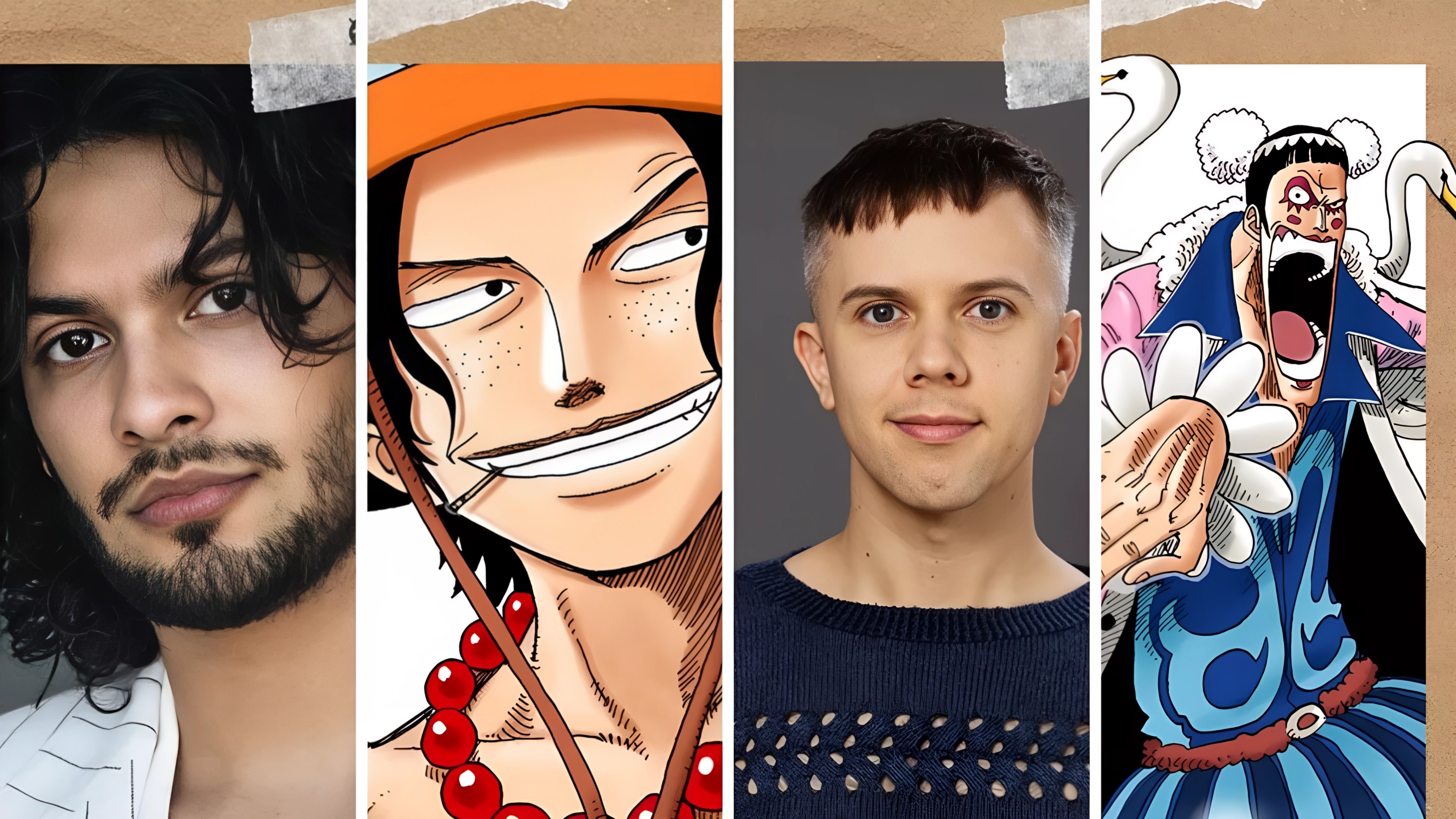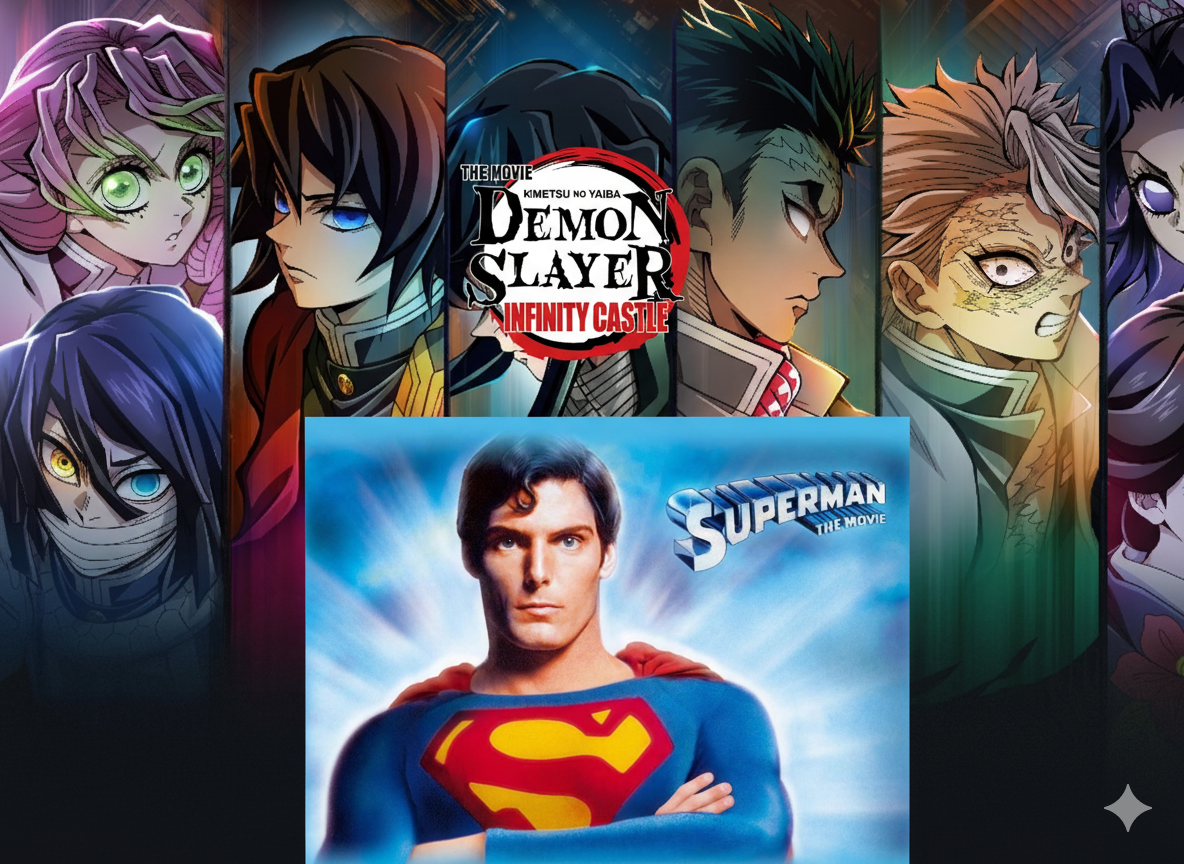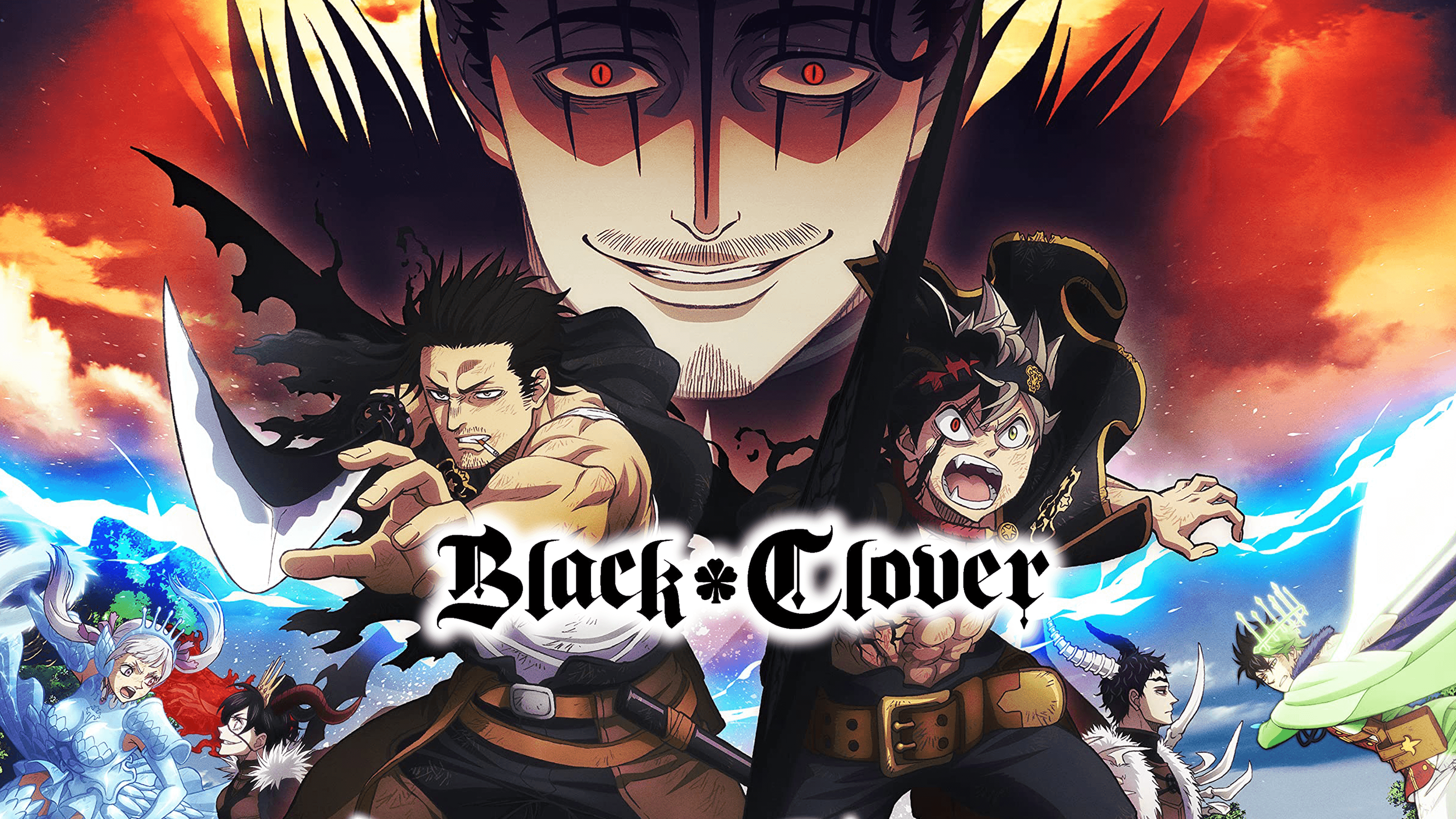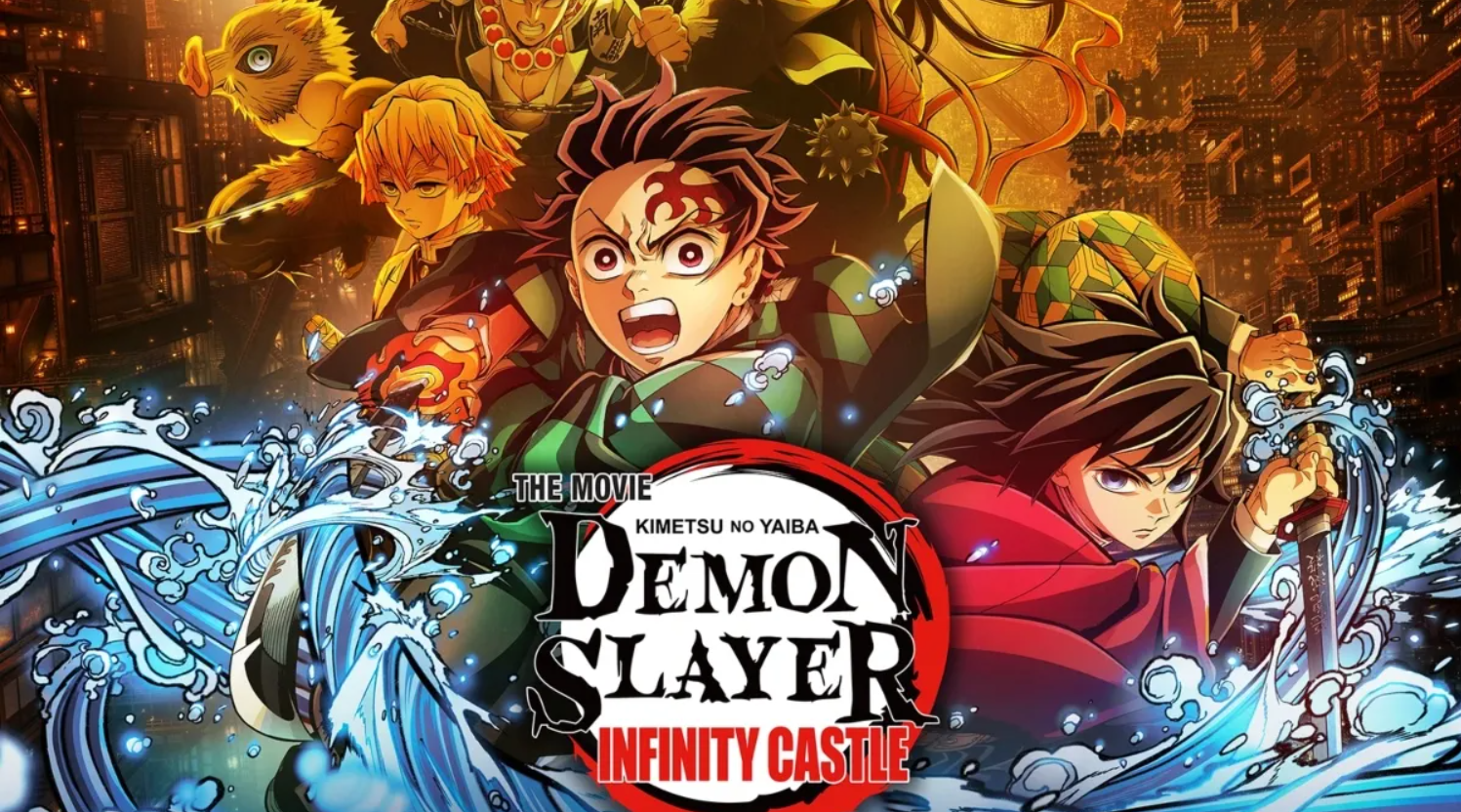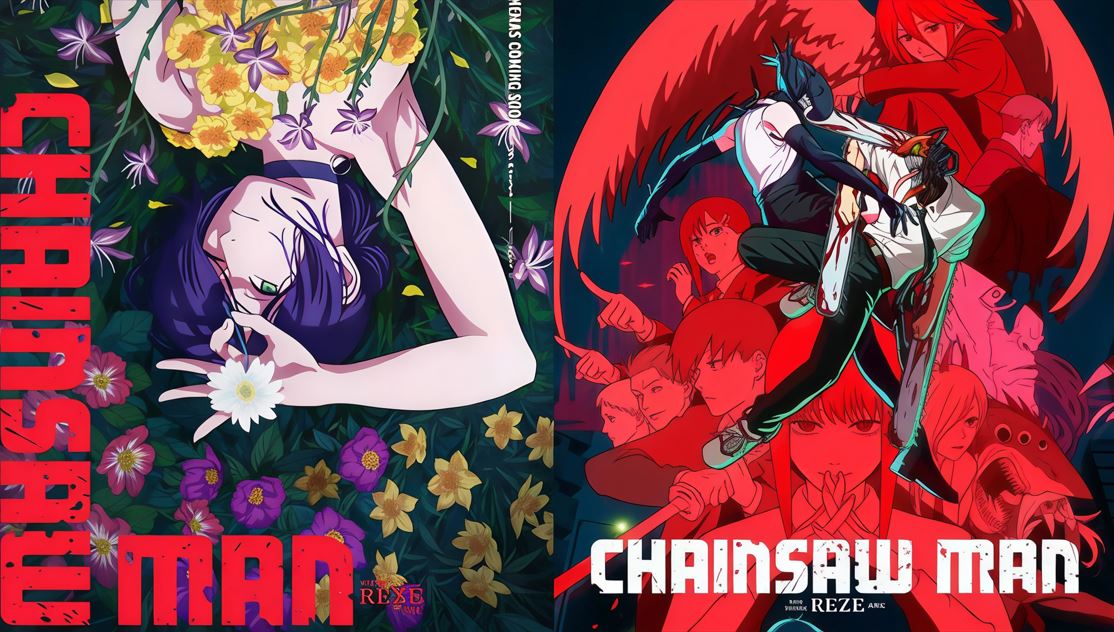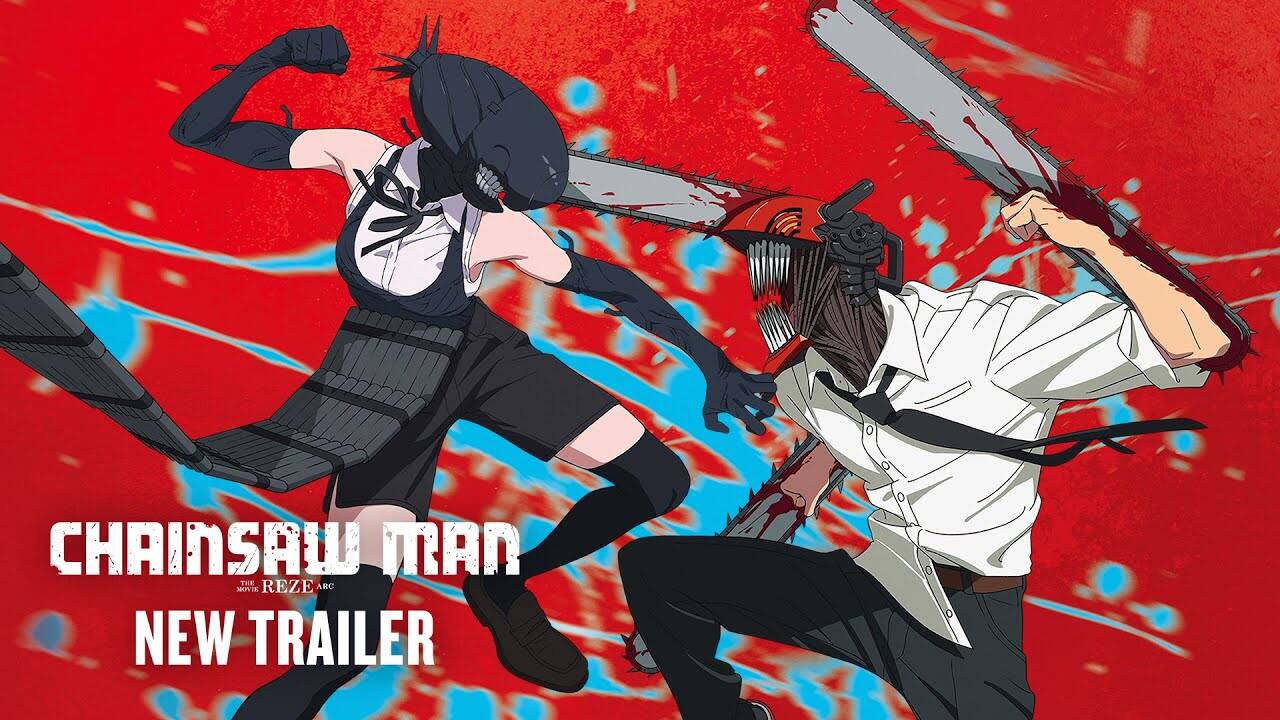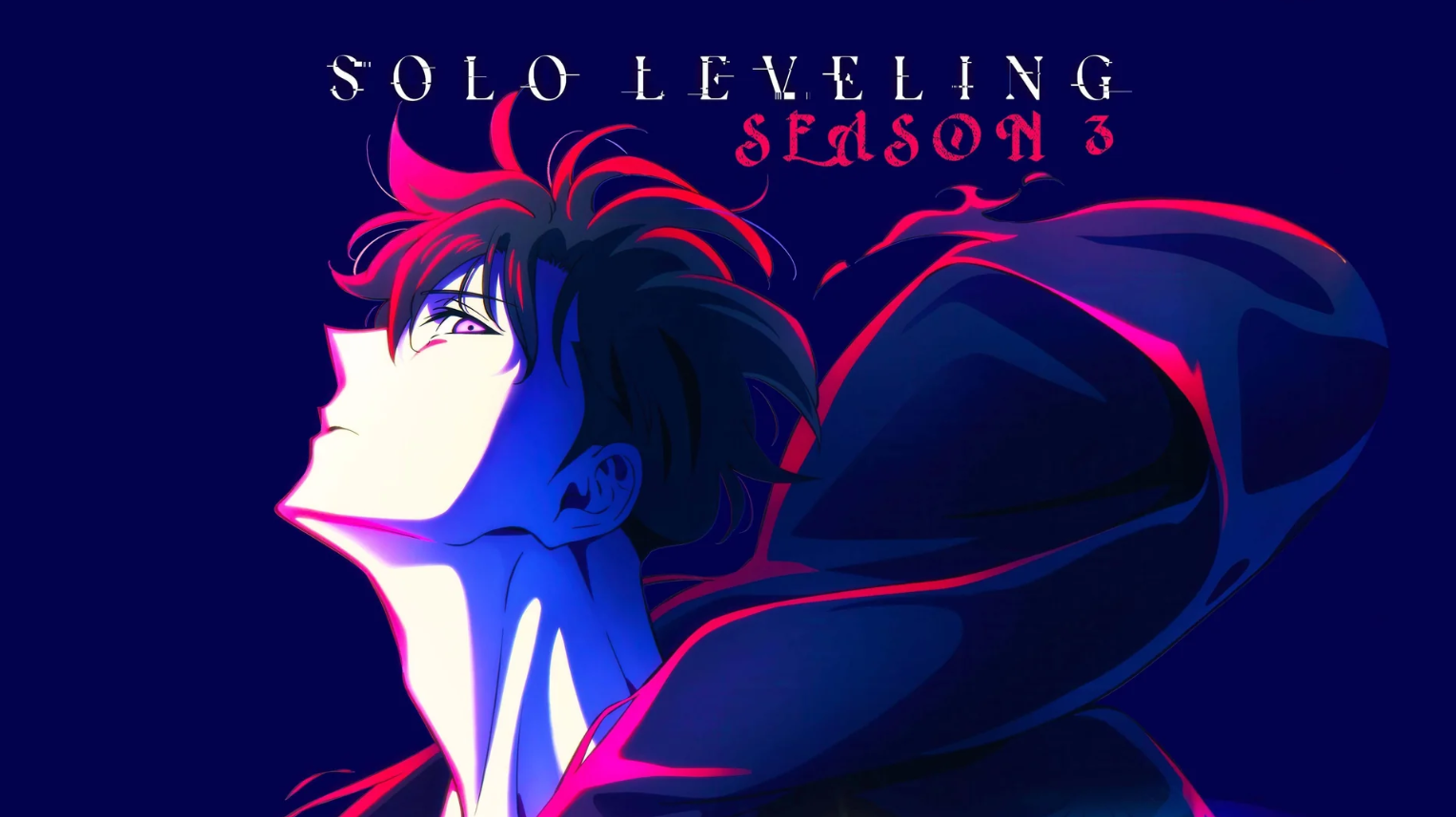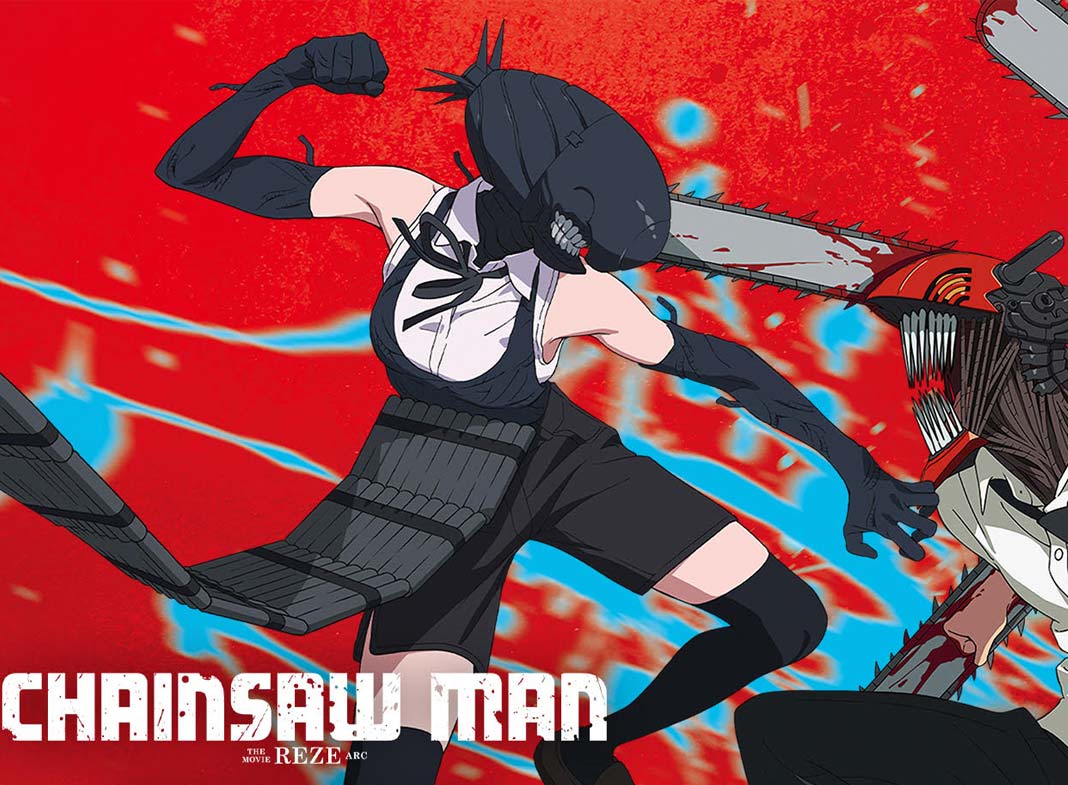Eiichiro Oda finally puts the debate to rest
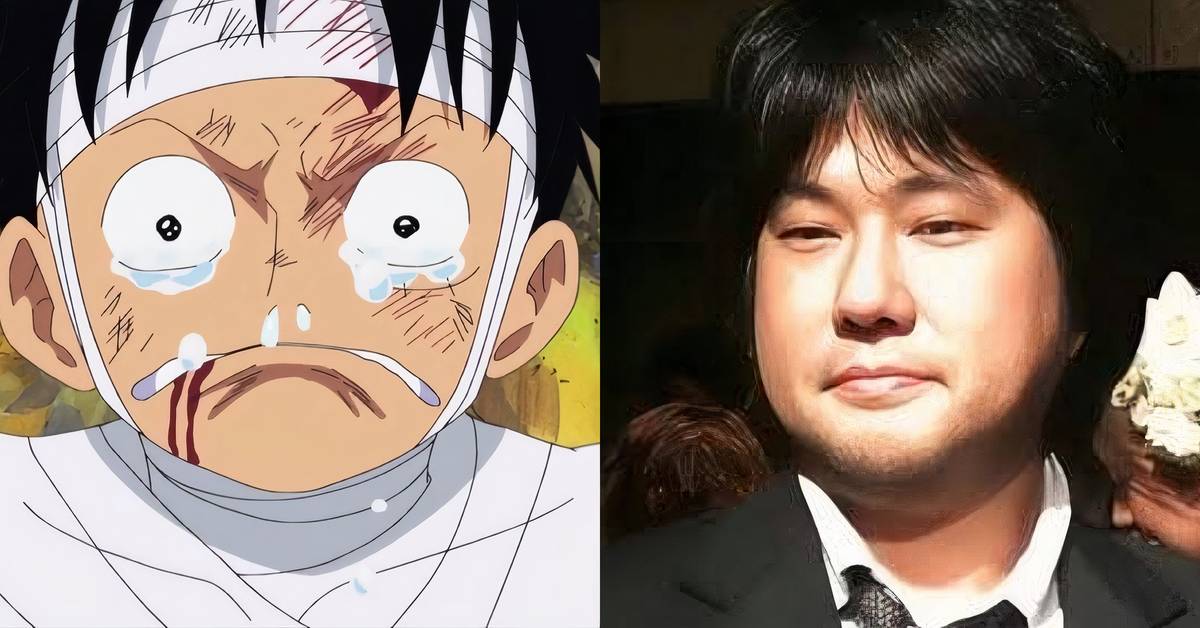
For decades, fans of shonen anime have debated which series reigns supreme between One Piece and Dragon Ball. Now, that debate may finally have an answer — straight from Eiichiro Oda himself. In a heartfelt new interview for One Piece Magazine Volume 20, the One Piece creator openly praised Akira Toriyama and admitted that his work will never surpass Dragon Ball’s influence.
Oda revealed that his journey as a manga artist began entirely because of Toriyama’s impact. The author described the creator of Dragon Ball as “greater than anything else” and credited him for inspiring his own career. According to Oda, the only reason he submitted his first manga to Shonen Jump was to reach the same platform where Toriyama once worked.
The influence that shaped One Piece
In the interview, Oda reflected on his early fascination with Toriyama’s artistic style, calling it the best he had ever seen. “I had never seen anyone who could draw so well, and I was captivated at first sight,” Oda shared. “Of course, I was also influenced by many other artists after discovering Toriyama-sensei, but when it comes to art, his influence is by far the greatest.”
He also spoke about his excitement when One Piece began serialization in 1996, shortly before Toriyama launched his short series Cowa! in Jump the following year. “To be running a series in the same magazine as Toriyama-sensei was like a dream come true,” Oda recalled.
These statements shed light on how deeply Dragon Ball shaped Oda’s creative philosophy. From One Piece’s adventurous tone to its dynamic action panels and sense of humor, traces of Toriyama’s legacy can be found throughout Oda’s storytelling.
The art that defined generations
Akira Toriyama’s Dragon Ball is not just an inspiration for Oda but for an entire generation of manga creators. Its clean art style, fast-paced compositions, and cinematic energy redefined what shonen storytelling could look like.
Toriyama’s characters, especially Goku, became cultural icons whose appeal transcended anime fandoms. Even those unfamiliar with Japanese animation recognize Goku’s silhouette — a testament to the franchise’s unmatched global reach.
Beyond Oda, major creators like Masashi Kishimoto (Naruto) and Yūki Tabata (Black Clover) have also credited Dragon Ball for influencing their art. It is the blueprint upon which much of modern shonen manga was built, setting the foundation for the emotional, action-driven epics that dominate the genre today.
One Piece and Dragon Ball remain the twin pillars of shonen

While Dragon Ball laid the foundation, One Piece carried the torch for a new era. Oda’s series became the best-selling manga of all time, earning critical acclaim for its long-form storytelling and complex worldbuilding.
Yet, despite One Piece’s monumental success, Oda’s humility reflects his reverence for the roots of his inspiration. His acknowledgment of Dragon Ball as the superior work doesn’t diminish One Piece’s legacy — instead, it highlights how both titles coexist as the two greatest forces in shonen history.
Dragon Ball’s innovation gave birth to the medium’s golden age, while One Piece expanded it with deeper narratives and emotional depth. Together, they define what shonen manga represents: perseverance, friendship, and adventure.
The eternal bond between two legends

What stands out most in Oda’s words is gratitude. His respect for Akira Toriyama goes beyond competition — it’s admiration for a teacher who inspired a generation to dream bigger.
Even 30 years after its debut, One Piece continues to evolve, but its creator’s loyalty to the series that started it all remains unwavering. Oda’s statement reaffirms that Dragon Ball is not just a manga — it is the cornerstone of shonen storytelling and a guiding light for artists who followed.
Both Dragon Ball and One Piece will forever share an unbreakable connection, one that continues to shape the anime landscape decades later.
Follow Anime Insider on Instagram and Facebook for the latest anime news, creator insights, and updates from Japan’s biggest studios and franchises.



